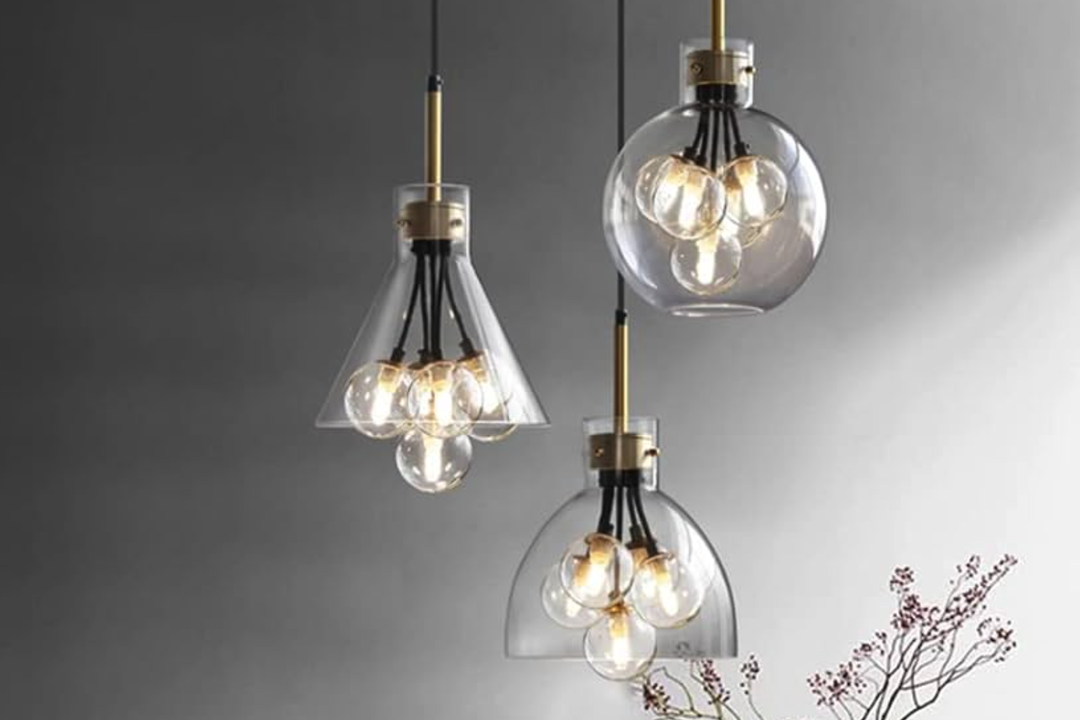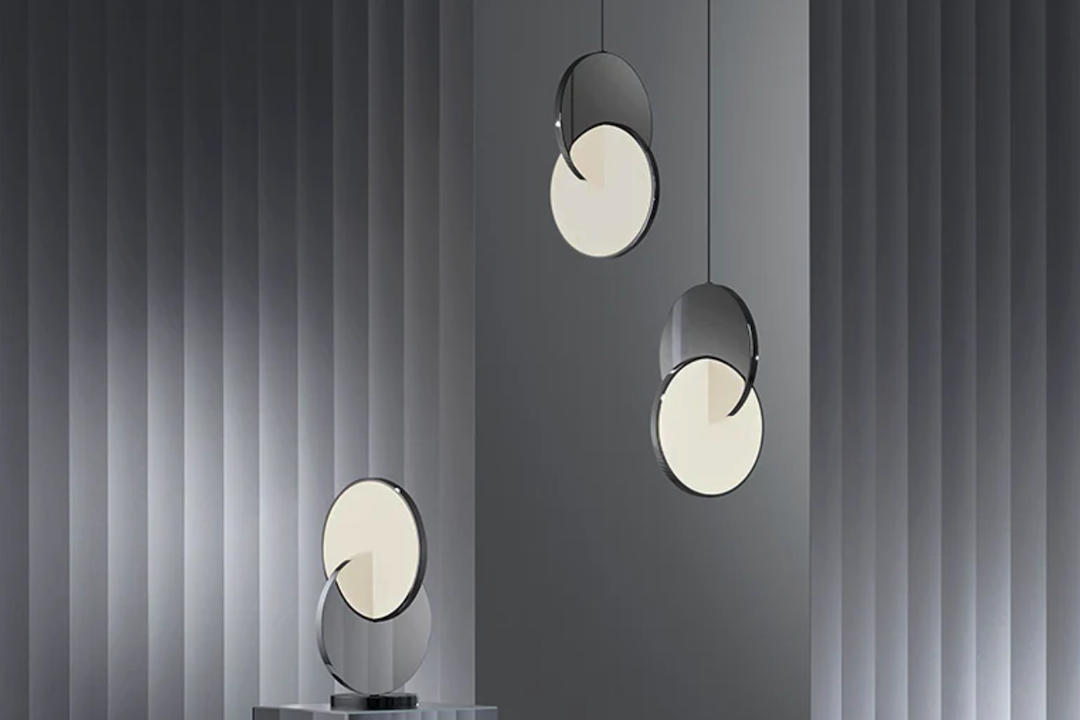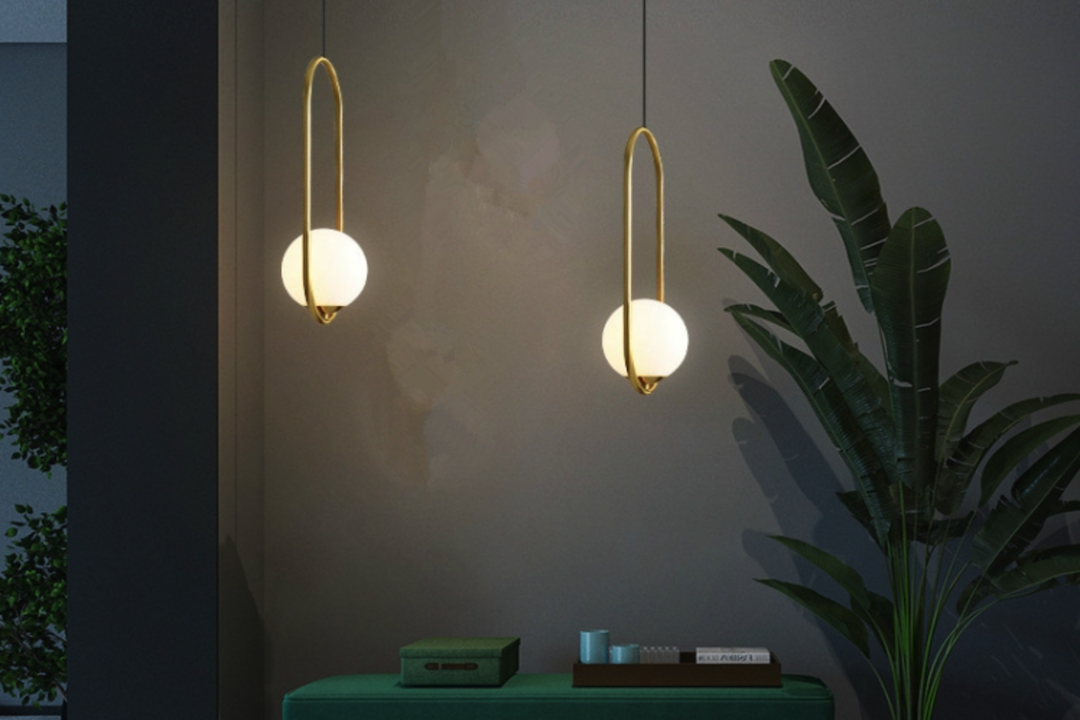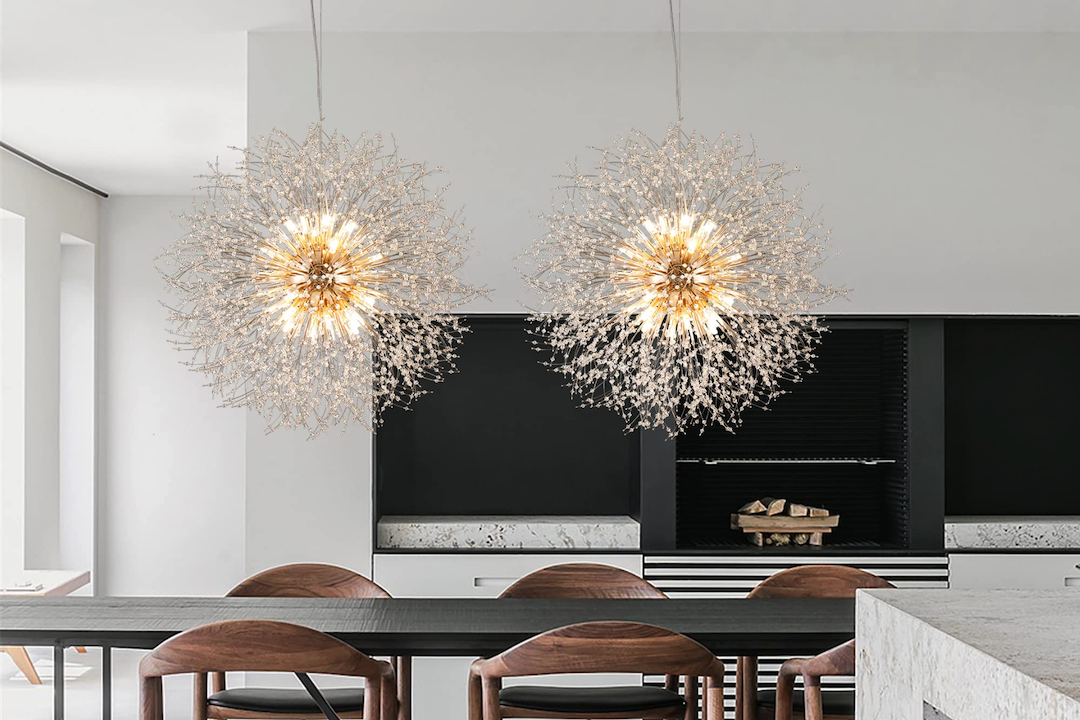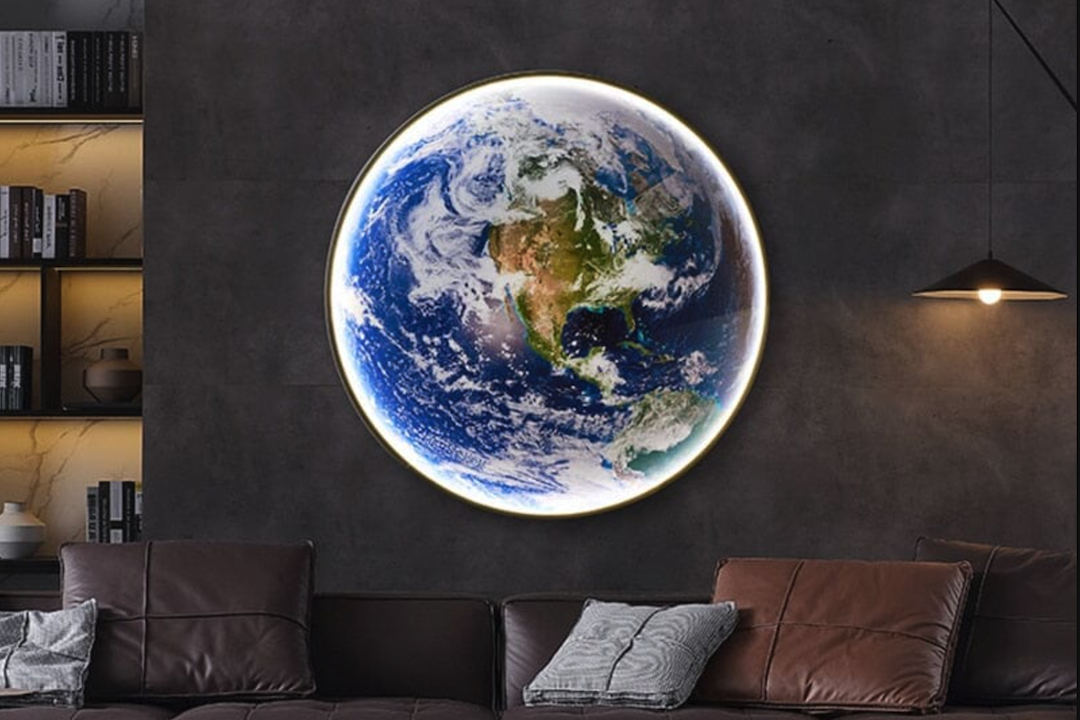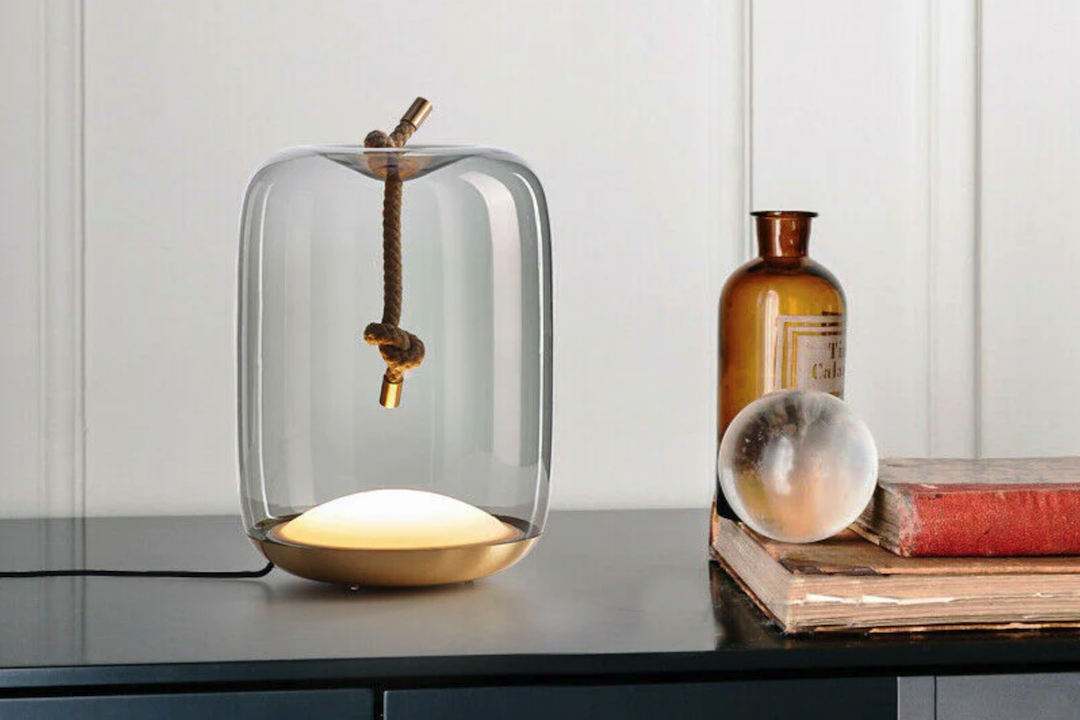The history of glass chandeliers is a fascinating journey that intertwines art, technology, and cultural evolution. The origins of chandeliers can be traced back to the medieval period, where they were primarily constructed from wood and iron. These early designs were utilitarian, serving the dual purpose of providing light and showcasing wealth.
However, as glassmaking techniques advanced, particularly during the Renaissance in Europe, chandeliers Enconco began to evolve into more intricate and decorative forms. The introduction of lead glass in the 17th century, particularly in Venice, marked a significant turning point. Venetian glassmakers became renowned for their ability to create delicate, ornate pieces that captured light in mesmerizing ways.
By the 18th century, glass chandeliers had become a symbol of opulence and sophistication. The crystal chandelier, characterized by its sparkling prisms and elaborate designs, emerged as a staple in grand palaces and affluent homes. The craftsmanship involved in creating these pieces was extraordinary; artisans would hand-blow glass and meticulously cut it to enhance its refractive qualities.
The famous Baccarat and Murano glassworks became synonymous with high-quality chandeliers, producing pieces that were not only functional but also works of art. This period saw chandeliers adorned with crystals, beads, and intricate metalwork, reflecting the grandeur of the Baroque and Rococo styles.
Modern Designs and Trends in Glass Chandeliers
In contemporary interior design, glass chandeliers have undergone a remarkable transformation, adapting to modern aesthetics while retaining their classic charm. Today’s designs often blend traditional craftsmanship with innovative materials and techniques. Minimalist styles have gained popularity, leading to the creation of sleek, geometric chandeliers that utilize clear or frosted glass.
These modern interpretations often feature clean lines and a less ornate approach, making them suitable for a variety of spaces, from urban lofts to chic restaurants. Another trend is the use of mixed materials in chandelier design. Designers are increasingly incorporating metals such as brass or blackened steel alongside glass elements, creating striking contrasts that enhance visual interest.
For instance, a chandelier might feature a series of glass globes suspended from a matte black frame, merging industrial aesthetics with the elegance of glass. Additionally, the resurgence of vintage and retro styles has led to a renewed interest in mid-century modern chandeliers, characterized by their bold colors and playful shapes. This eclectic mix of styles allows homeowners to find pieces that resonate with their personal taste while still making a statement.
The Artistry and Craftsmanship Behind Glass Chandeliers
The creation of glass chandeliers is an intricate process that requires a high level of artistry and craftsmanship. Skilled artisans employ traditional techniques passed down through generations, often spending years honing their craft. The process begins with the selection of high-quality glass, which is then heated to extreme temperatures until it becomes malleable.
This molten glass can be shaped into various forms—whether it be delicate arms that hold light bulbs or intricate decorative elements that adorn the chandelier. Once the basic structure is formed, artisans meticulously cut and polish the glass to enhance its clarity and brilliance. This step is crucial; the way light interacts with the glass can dramatically affect the chandelier’s overall appearance.
Some artisans use techniques such as etching or sandblasting to create patterns or textures on the surface of the glass, adding depth and character to each piece. The assembly process is equally important; each component must be carefully fitted together to ensure stability and balance. This level of attention to detail not only ensures functionality but also elevates the chandelier to a true work of art.
How to Choose the Right Glass Chandelier for Your Space
Selecting the perfect glass chandelier for a space involves careful consideration of several factors, including size, style, and function. One of the first steps is to assess the dimensions of the room where the chandelier will be installed. A common guideline is to add the length and width of the room in feet; this sum in inches will give you an approximate diameter for your chandelier.
For example, if your room measures 12 feet by 15 feet, a chandelier with a diameter of around 27 inches would be appropriate. This ensures that the fixture is proportionate to the space and does not overwhelm or underwhelm the room’s design. Style is another critical aspect when choosing a chandelier.
The design should complement the existing decor while also reflecting personal taste. For instance, a modern space may benefit from a sleek, minimalist chandelier with clean lines and clear glass elements, while a traditional setting might call for an ornate crystal chandelier with intricate detailing. Additionally, consider the function of the chandelier; if it will serve as the primary light source in a dining room or entryway, opt for a design that provides ample illumination without being too harsh.
Dimming capabilities can also enhance versatility, allowing for different lighting moods depending on the occasion.
Installing and Maintaining a Glass Chandelier
The installation of a glass chandelier requires careful planning and execution to ensure safety and functionality. It is advisable to consult with or hire a professional electrician for this task, especially if electrical work is involved. Before installation, ensure that the ceiling can support the weight of the chandelier; this may require reinforcing the mounting bracket or using additional support structures.
Once installed, it’s essential to position the chandelier at an appropriate height—generally around 30 to 36 inches above dining tables or countertops—to allow for comfortable movement beneath it. Maintenance is equally important in preserving the beauty and functionality of a glass chandelier. Regular cleaning is necessary to prevent dust accumulation and maintain its sparkle.
Use a soft cloth or feather duster to gently wipe down the glass surfaces; for more thorough cleaning, consider using a mixture of warm water and mild soap. Avoid harsh chemicals that could damage the finish or clarity of the glass. Additionally, check periodically for loose connections or signs of wear in electrical components to ensure safe operation.
The Impact of Glass Chandeliers on Interior Design
Glass chandeliers have a profound impact on interior design, serving as focal points that can transform an entire space. Their ability to reflect and refract light creates an ambiance that enhances both aesthetics and functionality. In large rooms such as ballrooms or grand entryways, a stunning chandelier can draw attention upward, emphasizing high ceilings and architectural details while providing essential illumination.
This effect can make spaces feel more expansive and inviting. Moreover, glass chandeliers can bridge different design elements within a room. For instance, a contemporary chandelier can harmonize with traditional furnishings by introducing modern materials or shapes without clashing with classic decor.
This versatility allows designers to create cohesive looks that blend various styles seamlessly. Additionally, chandeliers can evoke specific moods; a soft-glowing crystal chandelier can impart elegance and romance in a dining area, while a bold geometric piece can inject energy into a modern workspace.
Incorporating Glass Chandeliers into Different Decor Styles
The versatility of glass chandeliers makes them suitable for various decor styles, from rustic farmhouse aesthetics to sleek modern interiors. In rustic settings, chandeliers made from reclaimed wood combined with glass elements can create an inviting atmosphere that complements natural materials like stone and metal. These fixtures often feature warm tones and organic shapes that enhance the cozy feel typical of farmhouse design.
Conversely, in minimalist or industrial spaces, glass chandeliers can serve as striking focal points without overwhelming the overall aesthetic. A simple pendant-style chandelier with clear glass shades can add sophistication while maintaining an uncluttered look. In eclectic designs where multiple styles coexist, unique vintage chandeliers can serve as conversation starters while adding character and charm to the space.
By thoughtfully selecting chandeliers that resonate with specific decor themes, homeowners can elevate their interiors significantly.
The Versatility of Glass Chandeliers in Different Spaces
Glass chandeliers are not limited to grand dining rooms or opulent ballrooms; their versatility allows them to shine in various spaces throughout a home or commercial environment. In kitchens, smaller pendant-style chandeliers can provide focused lighting over islands or dining areas while adding an element of style that elevates everyday functionality. These fixtures can be particularly effective when paired with other lighting sources to create layered illumination.
In bedrooms, glass chandeliers can introduce an element of luxury without being overly ostentatious. A delicate crystal chandelier above a bed can create an intimate atmosphere conducive to relaxation while serving as an artistic statement piece. In commercial settings such as hotels or boutiques, strategically placed glass chandeliers can enhance brand identity by creating memorable experiences for guests or customers.
Their ability to adapt to different environments makes them an enduring choice for both residential and commercial applications alike. In summary, glass chandeliers have evolved from their historical roots into modern masterpieces that reflect both artistry and functionality across various design contexts. Their impact on interior design is profound; they serve not only as sources of light but also as expressions of personal style and taste.
Whether in traditional settings or contemporary spaces, these fixtures continue to captivate with their beauty and versatility.

